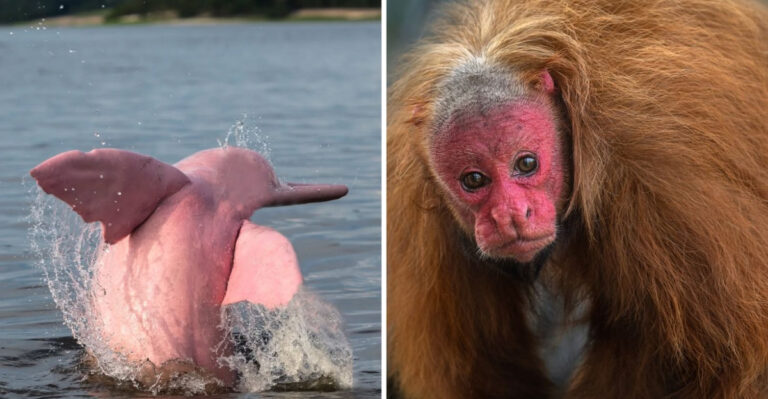15 Sharks So Weird They Seem Made Up
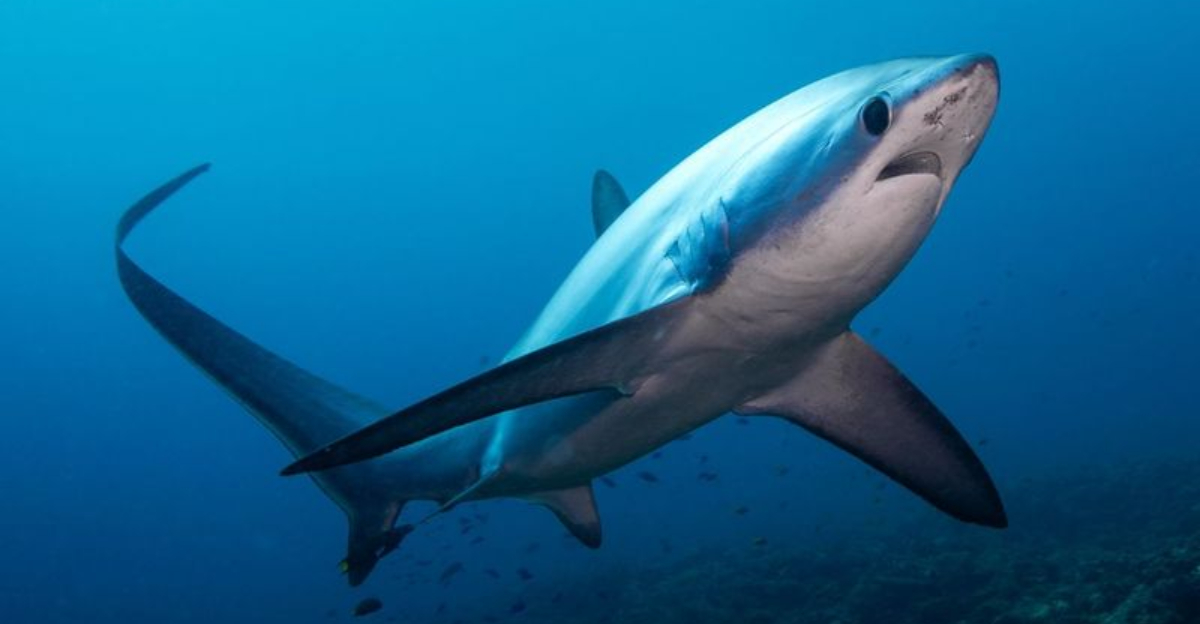
The ocean holds countless mysteries, but none quite as fascinating as its strangest sharks.
While great whites and hammerheads get all the fame, a bizarre collection of shark species lurks in the depths that would make even seasoned marine biologists do a double-take.
1. Goblin Shark: The Living Fossil With An Alien Face
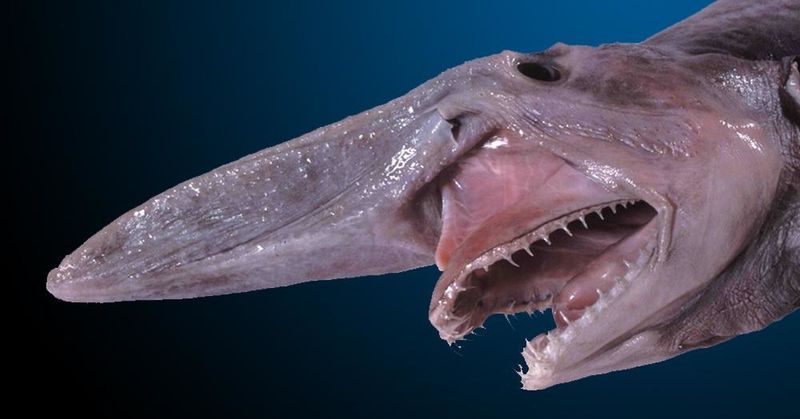
Imagine a pink-skinned nightmare with a sword-like snout and jaws that literally launch forward to catch prey. That’s the goblin shark for you!
Living in deep ocean waters, these prehistoric-looking creatures have barely changed in 125 million years. When hunting, their jaws can extend nearly the full length of their snout in less than a second—a terrifying feeding mechanism unlike any other shark.
2. Frilled Shark: The Sea Serpent Of Reality
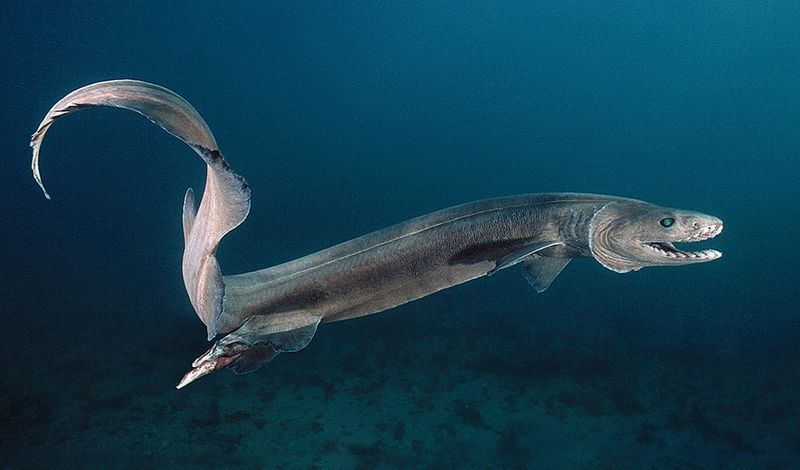
Slithering through the deep like a mythical sea serpent, the frilled shark carries the eerie look of something from prehistoric times. And that’s because it is!
With 300 needle-sharp teeth arranged in 25 rows and a body that can reach up to 6 feet long, this living fossil has remained virtually unchanged for 80 million years. Its snake-like appearance and gill frills have earned it the nickname “the living fossil.”
3. Epaulette Shark: The Walking Wonder
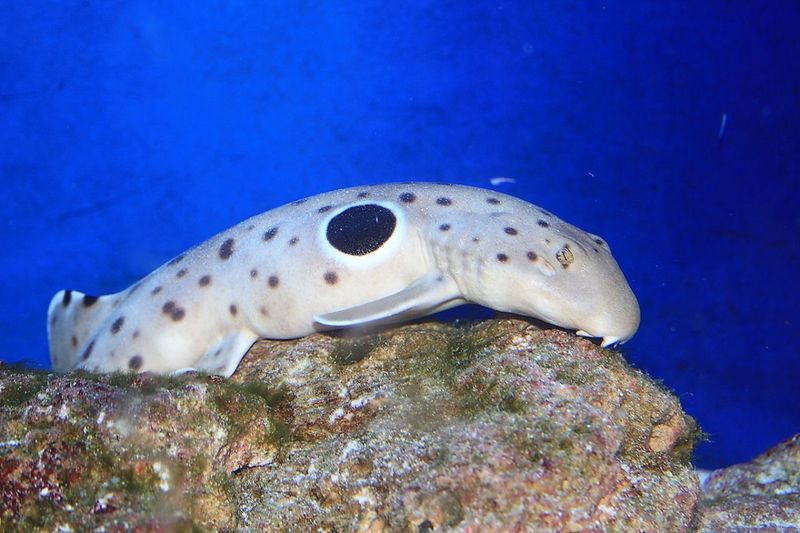
Who says sharks can’t walk? The epaulette shark defies expectations by using its muscular fins to “walk” across coral reefs and even dry land!
During low tide, these remarkable creatures can survive for up to an hour out of water by slowing their breathing. The black spot behind each pectoral fin (resembling military epaulettes) gives them their name. Their incredible adaptation allows them to hunt in shallow tide pools where other predators can’t reach.
4. Wobbegong Shark: The Living Carpet
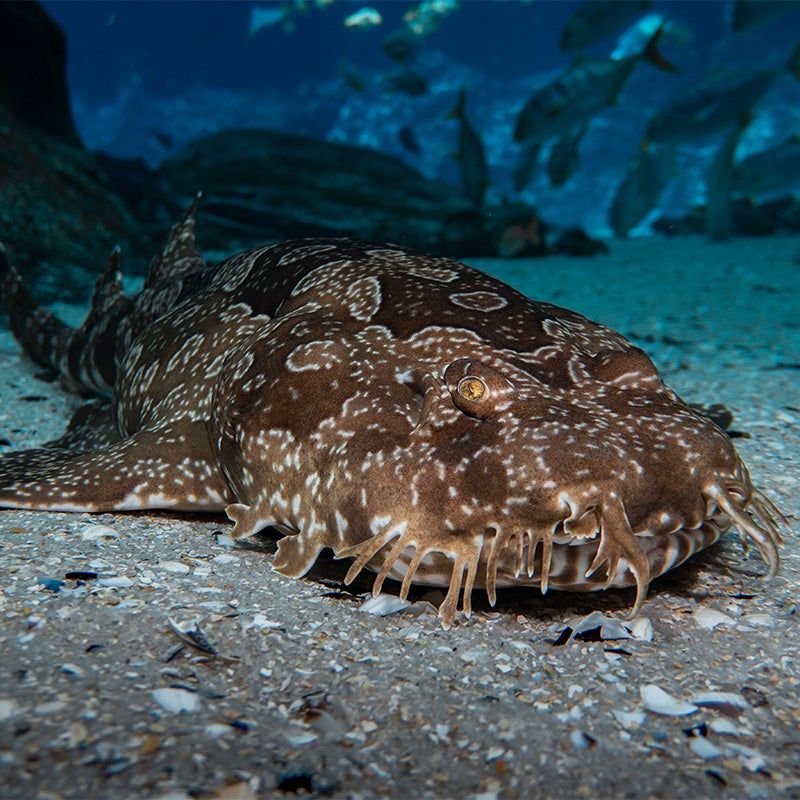
Fancy a carpet that might bite you? The wobbegong shark has evolved to be practically invisible on the ocean floor.
Covered in an elaborate pattern of spots and swirls that perfectly mimics coral and seaweed, these ambush predators have fringed lobes around their mouths that look like harmless reef growths. Wobbegongs lie motionless until prey swims close, then strike with lightning speed, sometimes even catching passing fish with a sideways snap.
5. Sawshark: Not To Be Confused With Its Sawfish Cousin
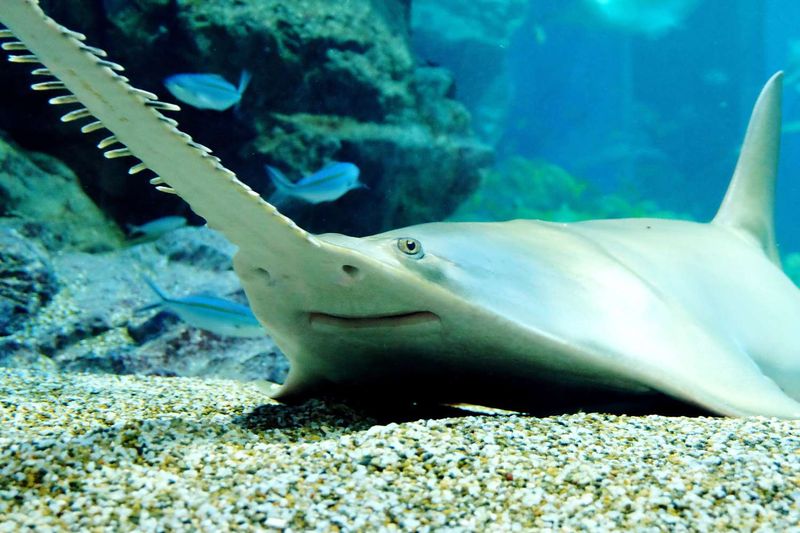
Sporting a blade-like snout lined with teeth, the sawshark might seem like something from a horror movie. But this bizarre creation is 100% real!
Unlike the similar-looking sawfish (which is actually a ray), sawsharks have gills on the sides of their head and barbels (whisker-like sensors) on their saw. They use their toothed rostrum not just for defense but also to dig through sand and slash at prey, stunning fish before devouring them.
6. Cookiecutter Shark: The Parasitic Nibbler
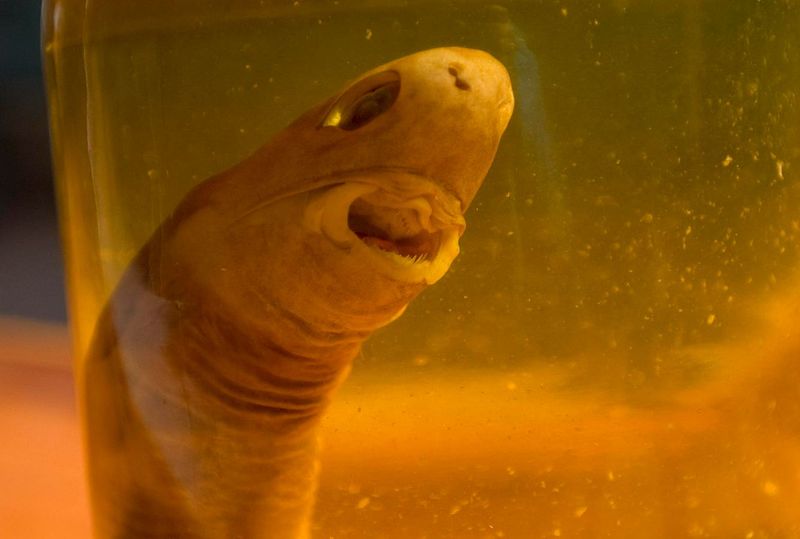
Small but terrifying, the cookiecutter shark is essentially a swimming mouth that takes bites out of much larger animals. Even submarines aren’t safe!
Only growing to about 20 inches, these parasitic sharks attach to whales, dolphins, and other sharks using their suction-cup lips. Then they twist their body to carve out a perfect circular chunk of flesh, leaving behind cookie-shaped wounds. Their bodies even glow in the dark to attract potential victims!
7. Megamouth Shark: The Late Discovery
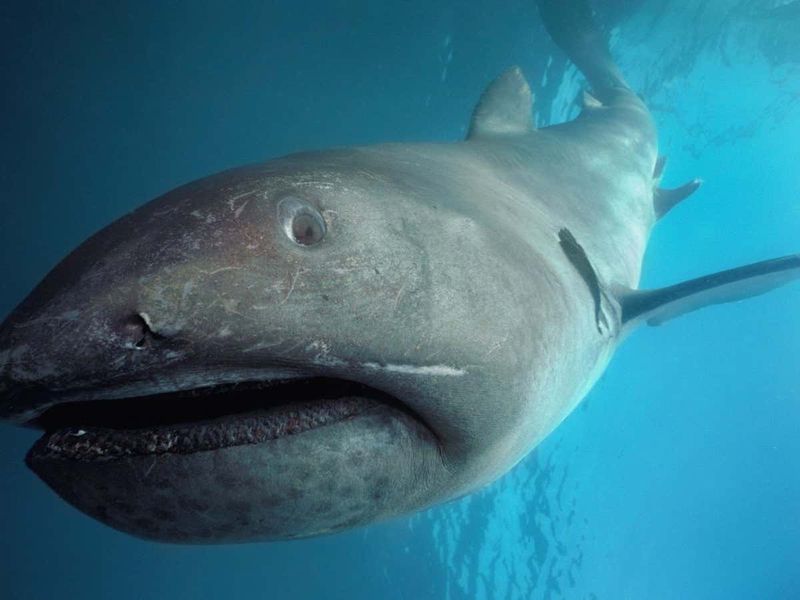
Incredibly, humans didn’t even know the megamouth shark existed until 1976! How does a 16-foot shark stay hidden for so long?
As one of the ocean’s most elusive inhabitants, this deep-sea giant has a cavernous mouth lined with bioluminescent tissue that glows to attract plankton. Despite its massive size, it’s a gentle filter feeder. Only about 100 sightings have ever been recorded, making it one of the rarest sharks on Earth.
8. Thresher Shark: The Tail Whipper
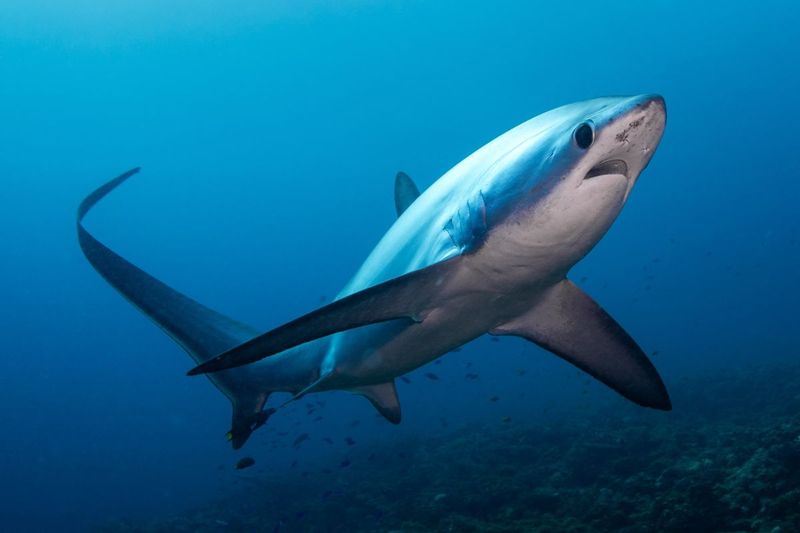
Armed with a tail that’s as long as its body, the thresher shark has turned fishing into an art form. Its hunting technique? Actual whip-cracking!
When hunting, threshers swing their elongated upper tail fin like a whip, stunning or killing small fish with the powerful strike. The tail can reach speeds of 80 mph, creating an underwater sonic boom. These elegant oceanic acrobats can even leap completely out of water, a behavior called breaching.
9. Ghost Shark: The Chimera From The Abyss
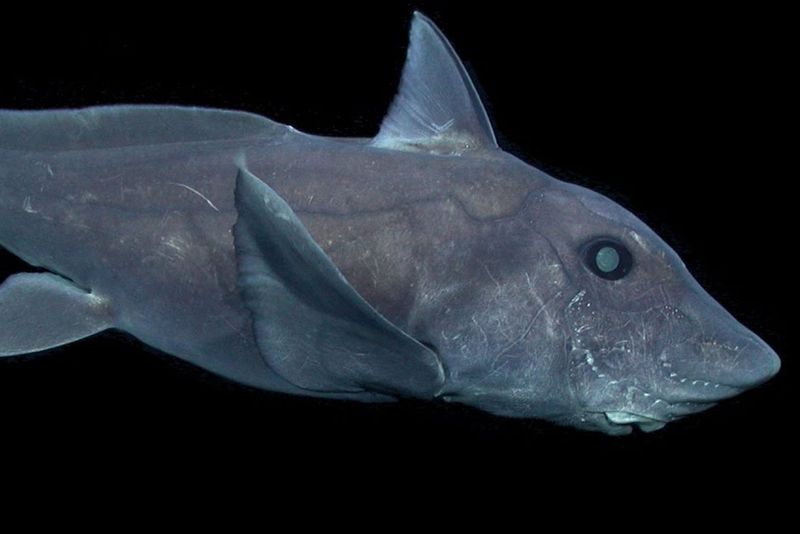
With a face only a mother could love, ghost sharks aren’t actually sharks at all—they’re ancient relatives called chimaeras. Their eerie appearance has earned them the nickname “ratfish.”
Dating back 420 million years, these deep-sea oddities have retractable sexual organs on their heads, can detect electrical fields through their snouts, and have poisonous spines. Instead of replacing teeth like sharks, ghost sharks have permanent tooth plates perfect for crushing shellfish.
10. Hammerhead Shark: The Obvious Oddball
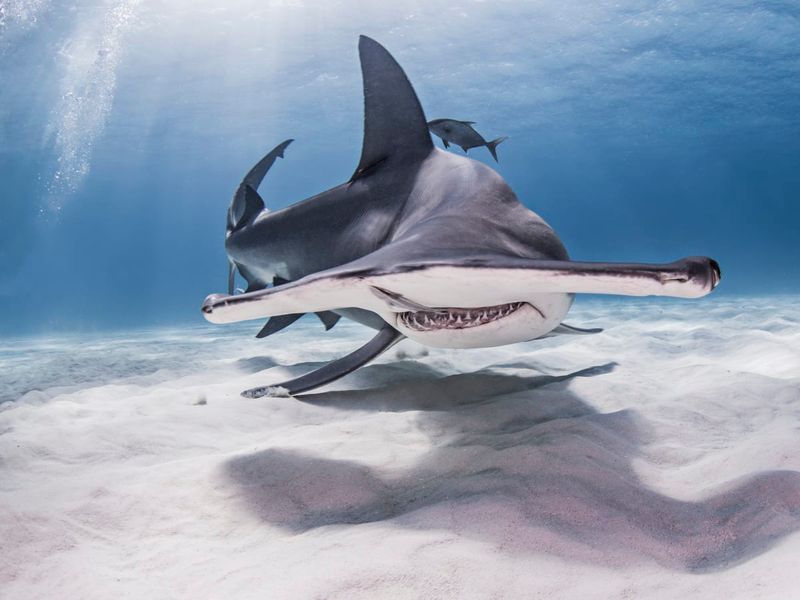
Everyone knows hammerheads look weird, but the reason behind their distinctive head shape is even stranger than you might think.
That hammer-shaped head (called a cephalofoil) isn’t just for show—it spreads the shark’s sensory organs wider apart, creating a sort of biological metal detector. This gives hammerheads 360-degree vertical vision and the ability to detect the electrical signals of prey buried under sand with astonishing precision.
11. Greenland Shark: The Longest-Living Vertebrate
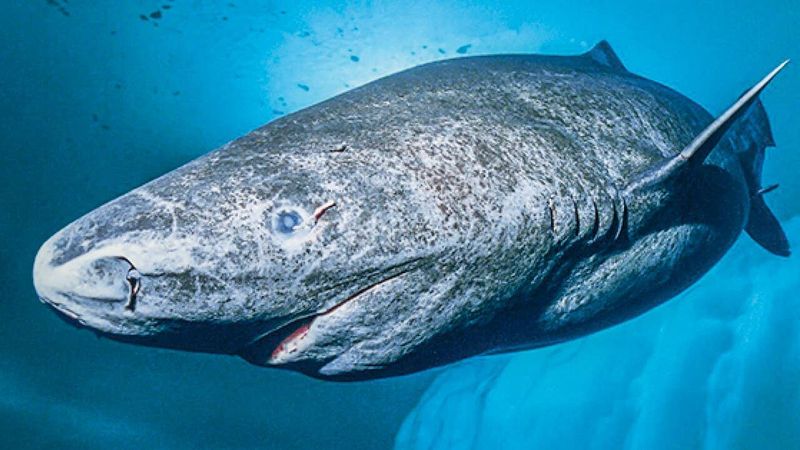
Forget tortoises—the Greenland shark can live for over 500 years, making it the longest-living vertebrate on Earth. Some swimming today were alive during the Renaissance!
Growing less than an inch per year, these Arctic dwellers don’t reach sexual maturity until around 150 years old. Their flesh contains high levels of trimethylamine oxide, making it toxic to most animals. Despite their sluggish pace (they swim at only 0.76 mph), they somehow manage to catch seals.
12. Basking Shark: The Harmless Giant
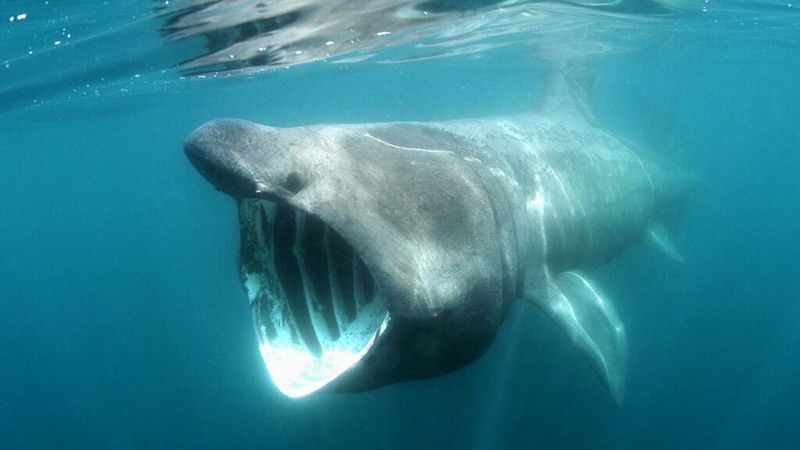
Swimming through the ocean with its massive mouth wide open, the basking shark looks terrifying but couldn’t be more gentle. It’s the second-largest fish in the world!
Despite reaching lengths of 40 feet, these giants feed exclusively on microscopic plankton. A single basking shark can filter over 2,000 tons of water per hour through its gill rakers. Their enormous liver, making up 25% of their body weight, stores oil that helps them maintain buoyancy.
13. Lanternshark: The Glowing Predator

In the pitch-black deep sea, lanternsharks create their own light show. Their secret? Belly-mounted bioluminescent organs called photophores.
These tiny sharks (most species are under 2 feet long) use their glowing underbellies for counterillumination—a form of camouflage that erases their silhouette from predators below. Some species, like the velvet belly lanternshark, even have glowing spines that may warn predators to stay away.
14. Bamboo Shark: The Underwater Houdini
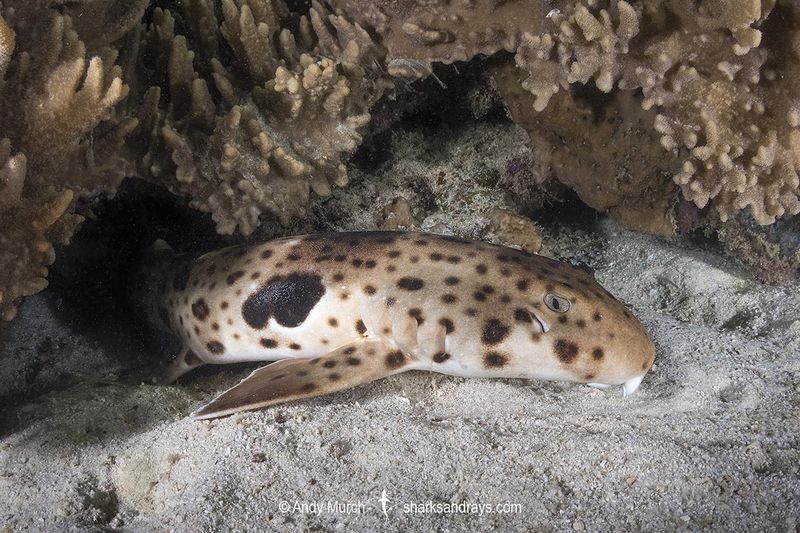
Masters of the impossible squeeze, bamboo sharks can wriggle through cracks barely wider than their skulls. Their superpower? Completely flexible bodies.
These small, slender reef-dwellers have adapted to life in tight spaces by evolving extraordinarily flexible skeletons made of cartilage. When hunting, they use their narrow heads to probe crevices for hidden prey. Some species can even survive up to 12 hours outside water, allowing them to crawl between tide pools.
15. Pocket Shark: The Tiny Glow-Pocket Wonder
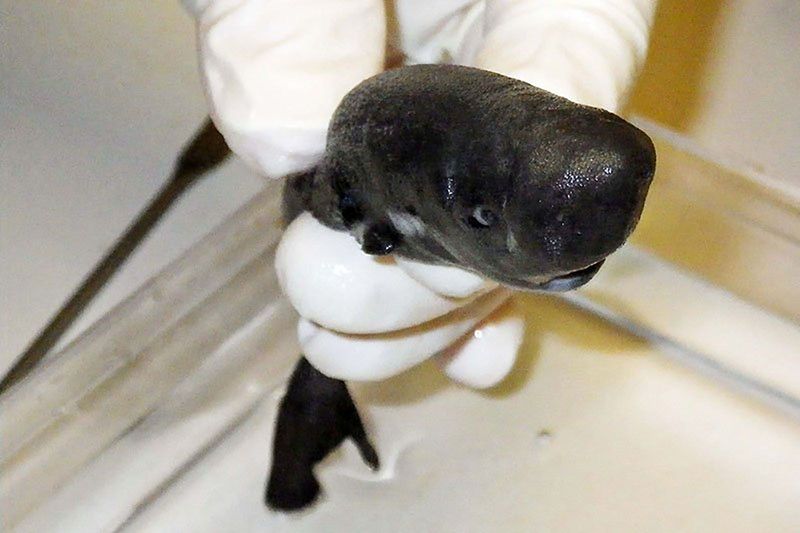
At just 5.5 inches long, the pocket shark isn’t named for its size—it’s the bizarre pockets near its gills that make it special. Only two specimens have ever been found!
Discovered in 2010 (but not identified until 2015), this rare deep-sea dweller has pocket glands that produce a bioluminescent fluid. Scientists believe it uses this glowing liquid to attract prey or mates in the darkness. Its Latin name, Mollisquama parini, refers to its soft, pocket-bearing skin.

